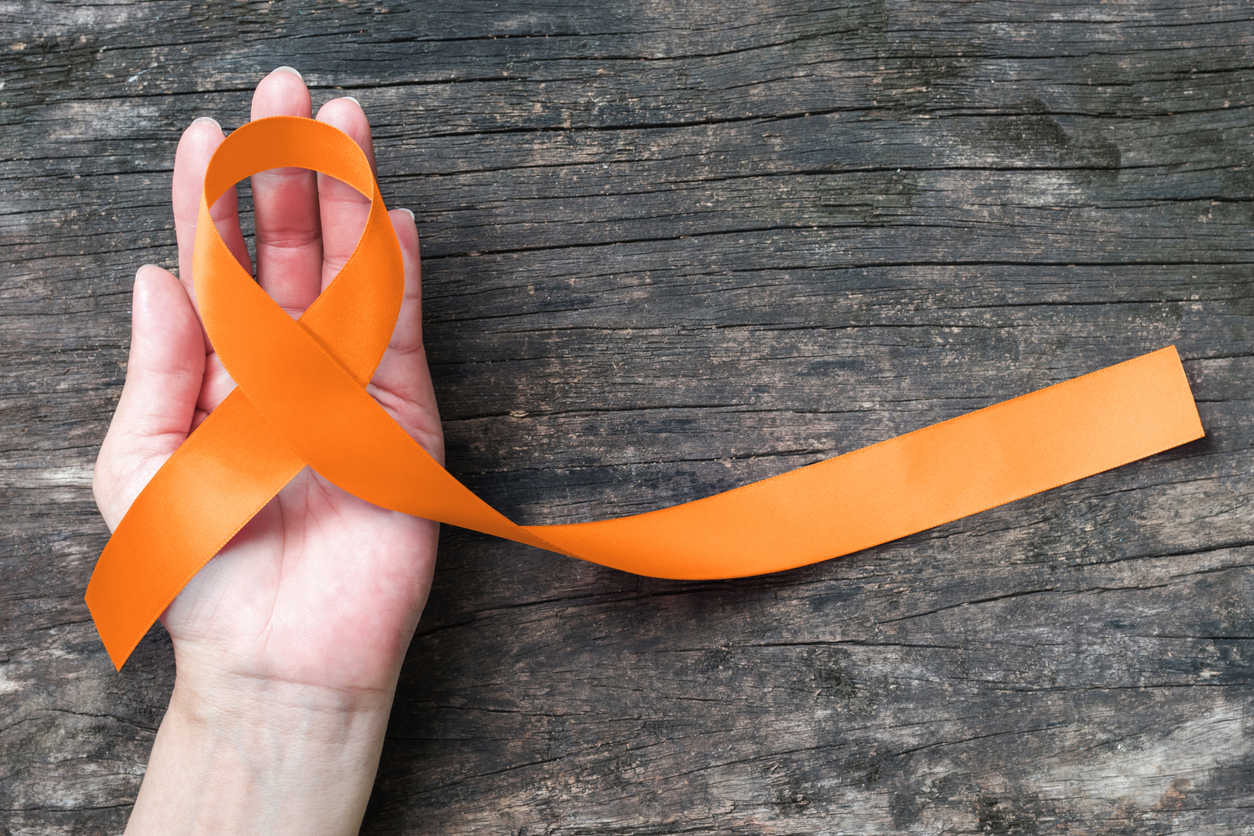What is Self-Harm Awareness Month?
Self-Harm Awareness Month spans the month of March with the purpose of spreading awareness, breaking the stigma, and providing support and hope to those who have or currently self-harm. Self-Harm Awareness month is observed in the United States, Canada, and parts of Western Europe.
What is self-harm?
Self-harm is also known as nonsuicidal self-injury (NSSI). Self-harm describes the act of purposely harming oneself; this act is often done by burning, cutting, pulling out hair, or picking at wounds to prevent healing. Self-harm indicates emotional distress and can lead to injury as severe as broken bones (NAMI, 2021). Self-harm urges a need for healthier coping skills for emotional distress, and though it isn’t a mental illness in and of itself, self-harm is often associated with mental illness such as depression, trauma-related disorders, and borderline personality disorder (NAMI, 2021). It is also imporant to note that self-harm isn’t synonymous with attempting suicide but should be taken seriously; if an individual desires to hurt themselves, they may be at increased risk of also having suicidal thoughts.
An analysis of self-harm conducted across multiple countries found that around 17% of all people will self-harm in their lifetime and the average age of first self-injurious behavior is 13 (Gilles et al., 2018). Adolescents have been observed to have the highest rate of self-injurious behavior (DeAngelis, 2015).
How to help.
For many, self-harm may feel necessary to manage intense emotions, but there are ways and resources to help develop safer coping mechanisms. One such way is to reach out to a trusted adult, friend, or medical professional for support. Ideally, seeking professional help from a psychiatrist can provide individuals with alternative coping skills for emotional distress; after an evaluation, part of a treatment plan may entail medications such as antidepressants which may lessen harmful urges, helping an individual better cope with distress. Psychotherapy is often recommended to help individuals learn alternative behaviors when distressed. Psychotherapists can help provide individuals with safety plans for emotional pain and restructure their approach to coping; common psychotherapeutic modalities used are cognitive behavioral therapy (CBT) and dialectical behavioral therapy (DBT) (Washburn et al., 2012).
Online Resource
- Crisis Line – provides access to a crisis counselor through text or WhatsApp message as well as educational resources and information regarding self-harm and alternative ways of coping.
References
DeAngelis, T. (2015). Who self-injures? American Psychiatric Association. Retrieved December 9, 2021, from https://www.apa.org/monitor/2015/07-08/who-self-injures.
Gilles, D., et al., (2018). Prevalence and characteristics of self-harm in adolescents: Meta-analyses of community-based studies 1990-2015. Journal of the American Academy of Child and Adolescent Psychiatry. Retrieved December 9, 2021, from https://pubmed.ncbi.nlm.nih.gov/30274648/.
National Alliance on Mental Illness. (2021). Self-harm. NAMI. Retrieved December 9, 2021, from https://www.nami.org/About-Mental-Illness/Common-with-Mental-Illness/Self-harm.
Washburn, J. J., et al., (2012). Psychotherapeutic approaches to non-suicidal self-injury in adolescents. Child and adolescent psychiatry and mental health. Retrieved December 9, 2021, from https://www.ncbi.nlm.nih.gov/pmc/articles/PMC3782878/.

